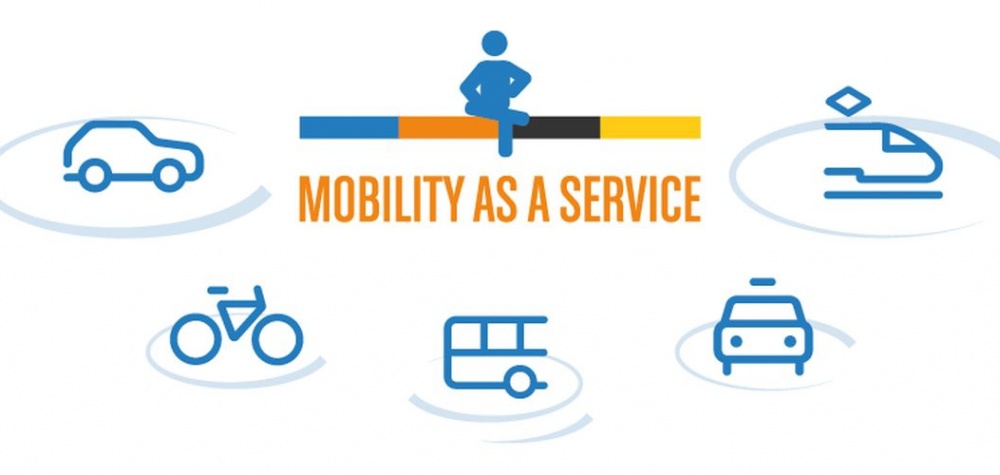
Change is intrinsic to personal and societal advancement. Across cultures, technologies, and industries, evolution is a constant driver of progress. The automotive sector is no exception, poised for transformation amidst the ascent of digitalization and innovative technologies.
Integrated mobility is steadily gaining momentum worldwide, heralding the emergence of Mobility as a Service (MaaS) as a groundbreaking transportation platform. At its core, MaaS presents a unified framework for all transportation services, providing users with seamless access to a diverse array of vehicle options through a single platform, thereby prioritizing convenience.
What is MaaS?
Mobility as a Service (MaaS) embodies holistic solutions designed to address all facets of transportation needs. It harnesses customer insights to construct service platforms or applications capable of managing trip planning, ticket booking, and payment processing seamlessly.
MaaS champions integrated mobility by leveraging cutting-edge technologies implemented by both private enterprises and public entities. This collaborative effort facilitates the development of real-time responsive services, tailored to meet individual customer preferences, thereby ensuring safe, efficient, and expedient journeys.
Benefits of MaaS
Mobility as a Service (MaaS) offers a myriad of benefits, ranging from enhancing the customer experience to forging a more streamlined transit network. From the perspective of transit providers, MaaS presents a promising avenue for integrated mobility services, fostering improved shared mobility. By coordinating autonomous vehicles with public transit, MaaS not only reduces city congestion but also minimizes carbon footprint.
Public Transport:
MaaS aims to alleviate the increasing demand for private vehicles by optimizing public transit vehicles, thereby facilitating the delivery of substantive reform. It serves as a convenient alternative to car ownership and usage, particularly when offering high-capacity, fixed-route, cost-effective, and flexible services.
Infrastructure
Tapping into the MaaS approach creates a potential for a considerable portion of customers to consider straying away from car ownership. It is especially considering the substantial investment required to utilize and maintain the vehicle. Many people will not hesitate to pay for MaaS if it gets well executed. Customers tend to consider the following factors in choosing their mode of transportation:
- Transport
- Costs
- Fuel Emissions
- The flexibility of transport services
- Sustainable
For this reason, communities must express their support by incentivizing future of mobility programs. Not only can it support the initiative but also encourage travel behaviors within the community. As a result, this can potentially contribute to the economic success of the city. This success can also prompt them to make specific changes in response to the MaaS initiative’s support. They can implement projects that optimize public roads and install smart road infrastructures to promote transport innovation. In a way, integrated mobility helps the community eliminate excessive carbon emission and make roads a safer place for the years to come.
Autonomous Driving:
The future of transportation is propelled by the drive to revolutionize autonomous driving. Transitioning away from traditional driving methods paves the way for modern solutions to age-old problems. Companies like Uber, Tesla, Mobileye, General Motors, Waymo, Apple, and Local Motors are spearheading the development of autonomous vehicles, leveraging advanced sensor technology and cloud infrastructure to establish stable V2X communication systems. By embracing fully autonomous services, these initiatives seek to lower the barriers to car ownership and enhance route optimization through smart road technology, ensuring safer and more efficient travel for years to come.
